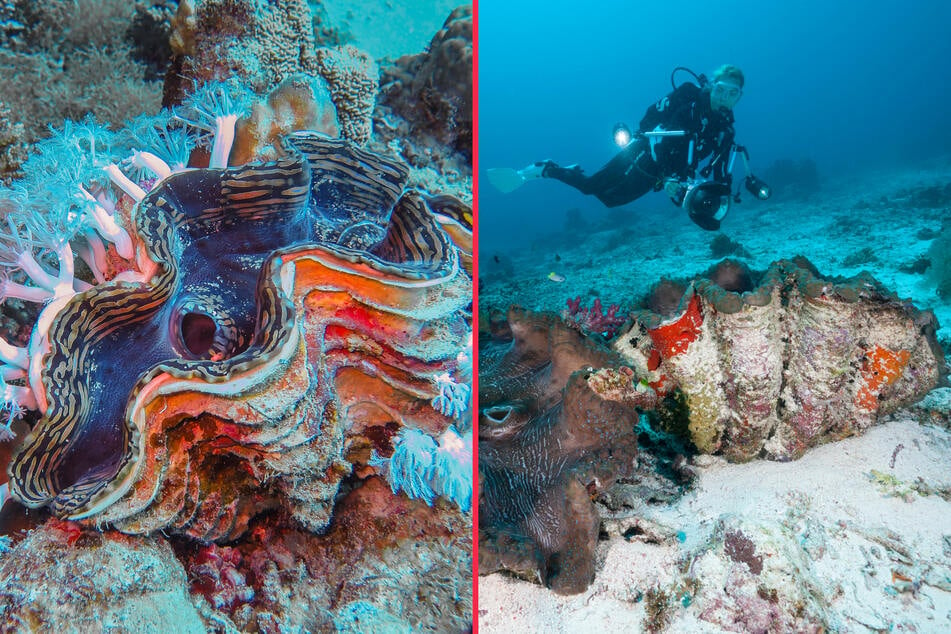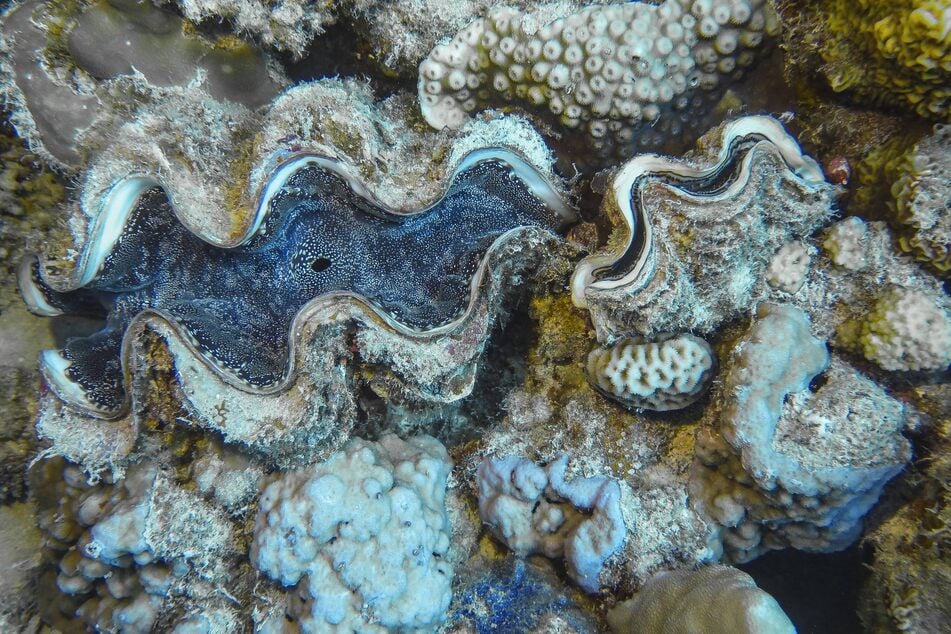Iconic giant clams to be added to protected species list
Washington, DC - Several species of the iconic giant clam family may make it onto the list of federally protected species, if a US National Oceanic and Atmospheric Administration (NOAA) proposal goes forward.

The NOAA proposed in a report released on July 25 that ten species of giant clam be added to the Endangered Species Act's (ESA) list of threatened or endangered species.
Giant clams grow extremely slowly, but can in some cases reach to more than three feet in diameter, weighing hundreds of pounds. As a result, they are particularly vulnerable to the changing climate and other threats.
In particular, clams have been systematically overfished for many years for both their meat and their bright and colorful shells. Due to the size and uniqueness of giant clams, their shells become particular targets.
The report revealed that a number of giant clam species are "in danger of extinction." While not proposing any designated critical habitat, the NOAA did petition for ten subspecies to be added to the ESA list.
Such a listing would afford the species legal protection within US waters and would serve as a trigger to increase aid and activities directed toward improving local clam populations.
Importantly, the proposal provided by the NOAA would effectively ban the importing or exporting of several clam species within the US. As a result, the commercial trade of such clams would be effectively forbidden.
"Many of the living giant clam species are seriously in peril," Science cites Julia Sigwart, a marine biologist at the Senckenberg Research Institute and Museum, as saying.
"Having this recognition from the U.S. government is definitely another tool that can help protect these species."
Concerns around the ESA listing of several giant clam species

The 173-page document submitted by the NOAA has been opposed by some groups, which have said that listing certain giant clam species would, "leave aquarists in a legal quagmire."
This is due to a rule under the ESA that says that not only are listed animals unable to be traded across state lines, but that in some states it would make it illegal to even possess them.
If the ESA listing proceeds, aquarists may be "unable to sell the giant clam to someone in a state where possession is legal, but also unable to keep the giant clam legally in their own state absent a state-specific remedy," writes Art Parola in an article on Reef Builders.
In the summary of the report, however, the NOAA said that "We propose a special rule to define activities that would and would not be prohibited with respect to [these species] in order to mitigate the substantial enforcement challenge."
While some believe that "there is little to be gained by listing giant clams as endangered species," a variety of voices have lent their support for the NOAA proposal.
Cover photo: Collage: IMAGO/Schöning/OceanPhoto

